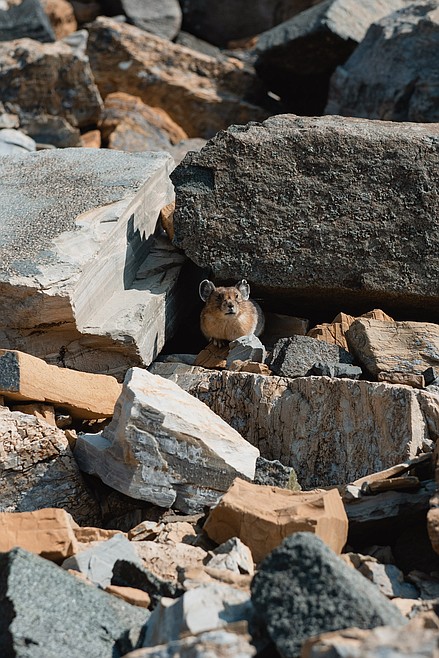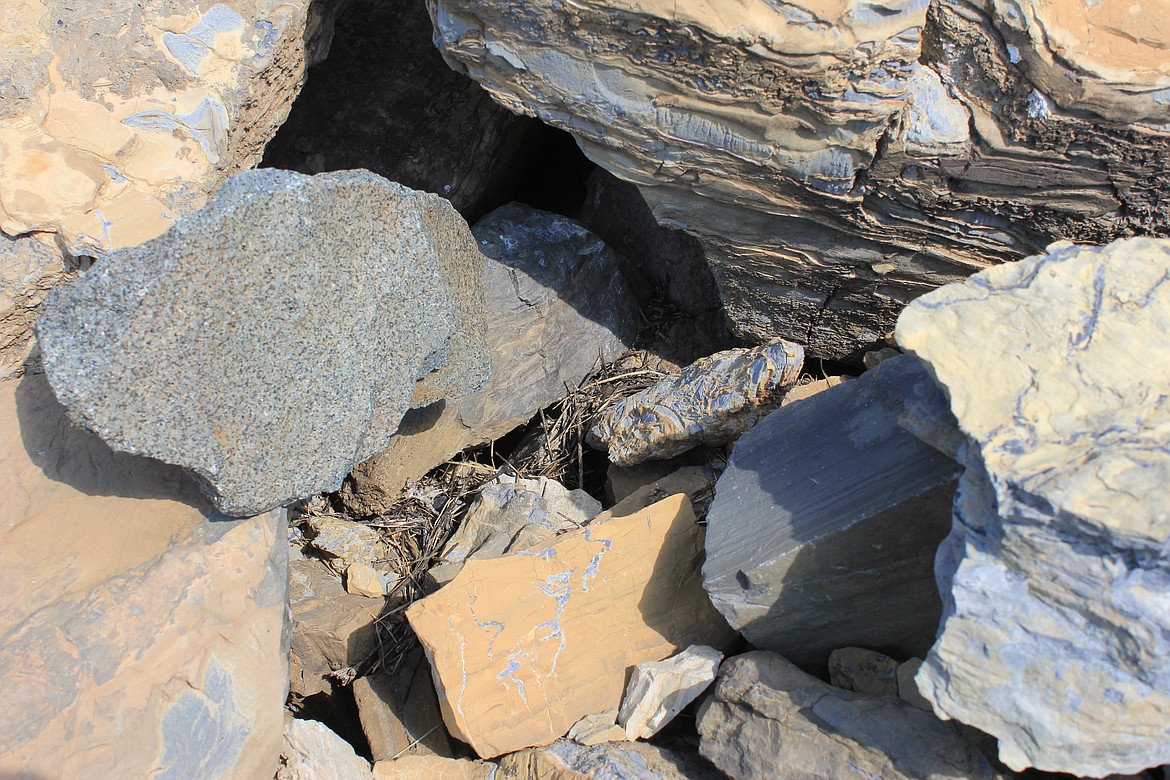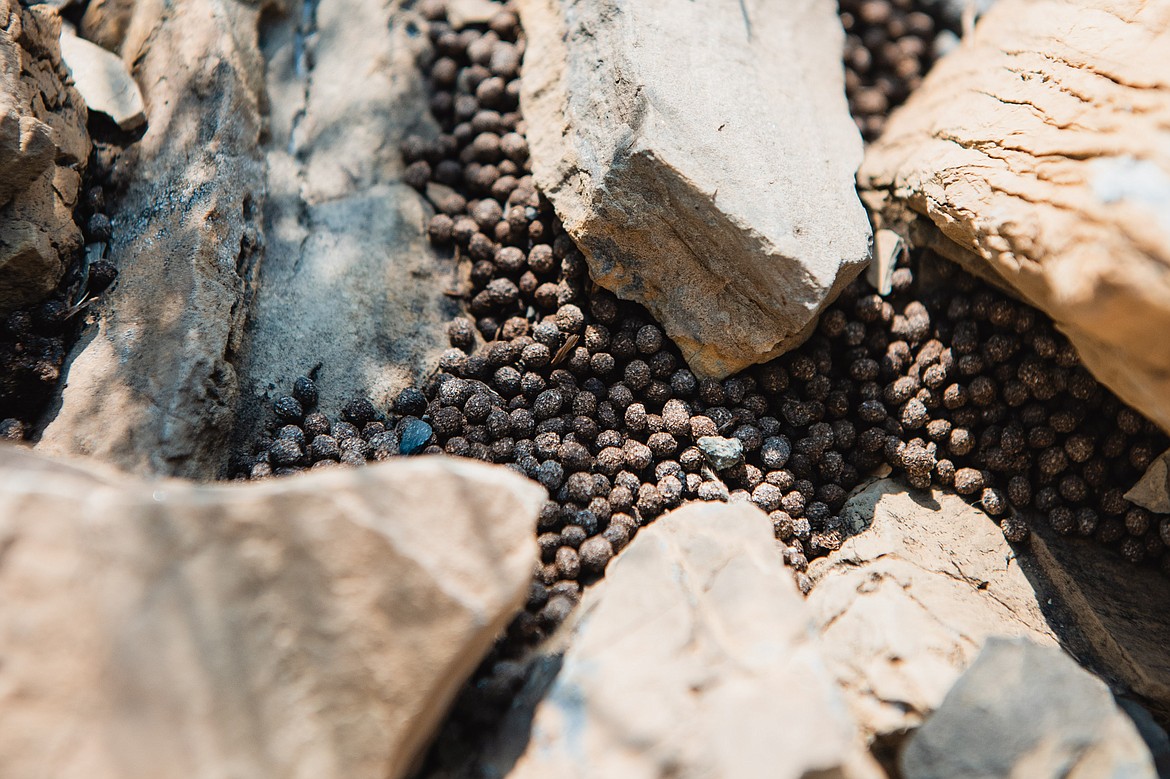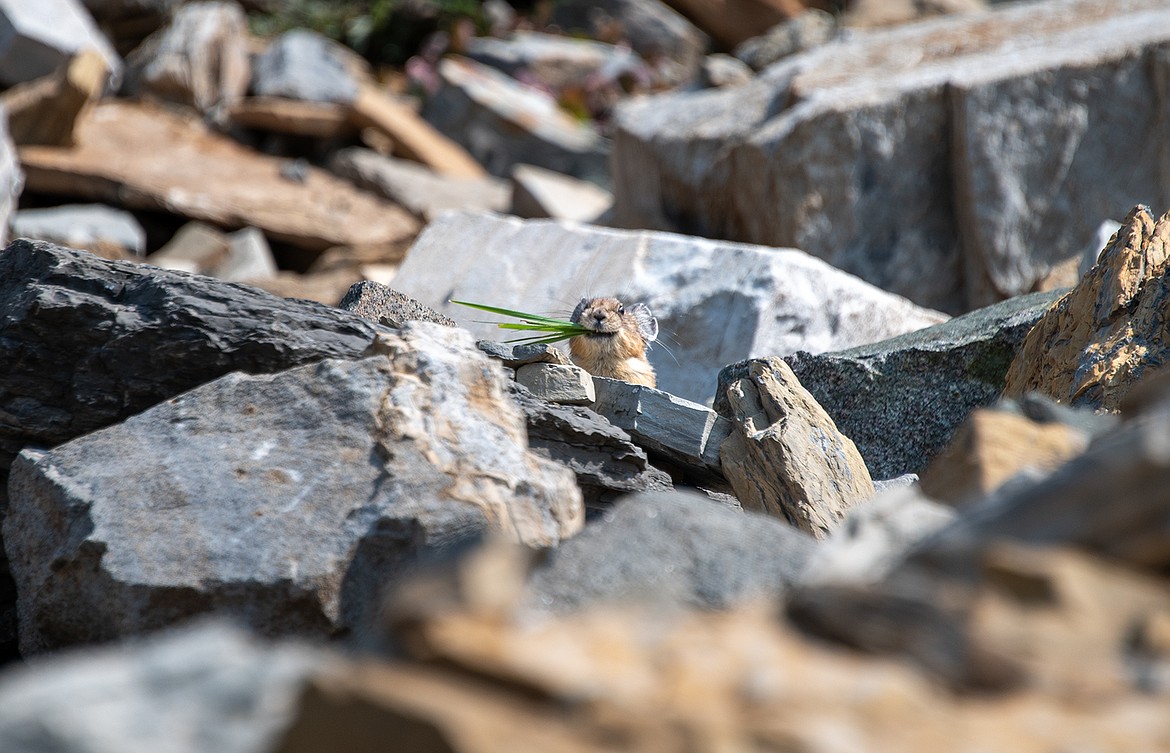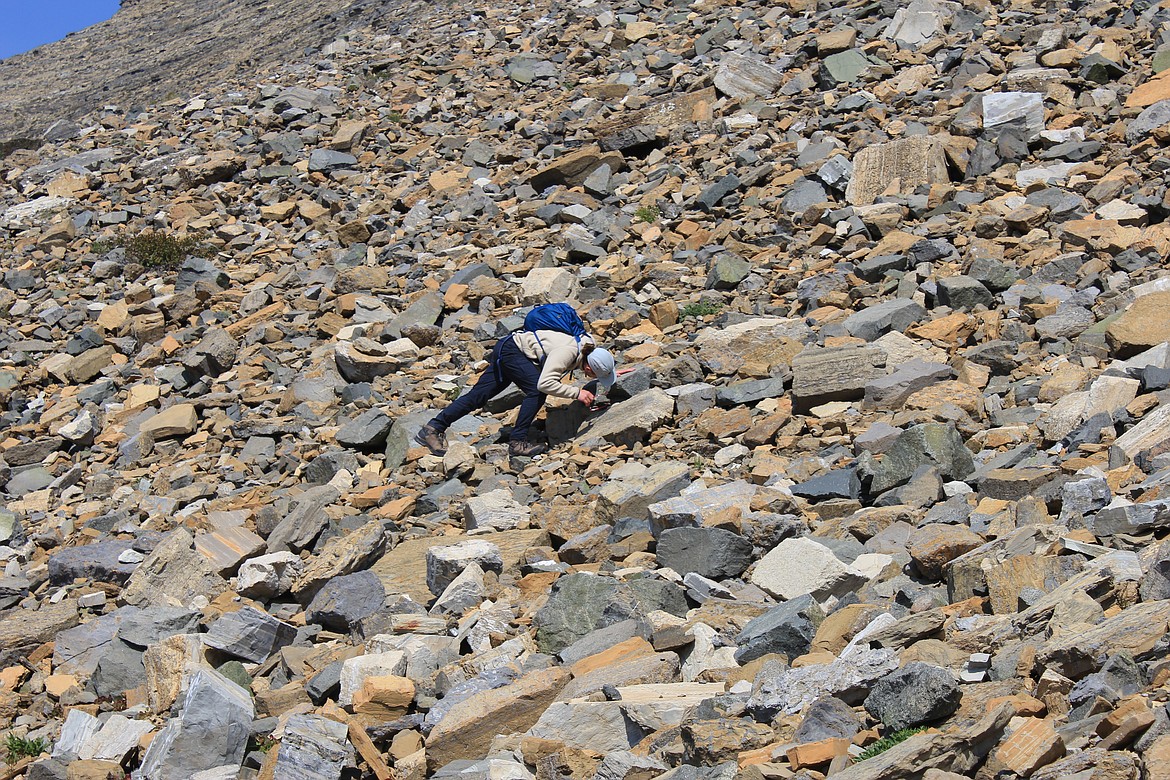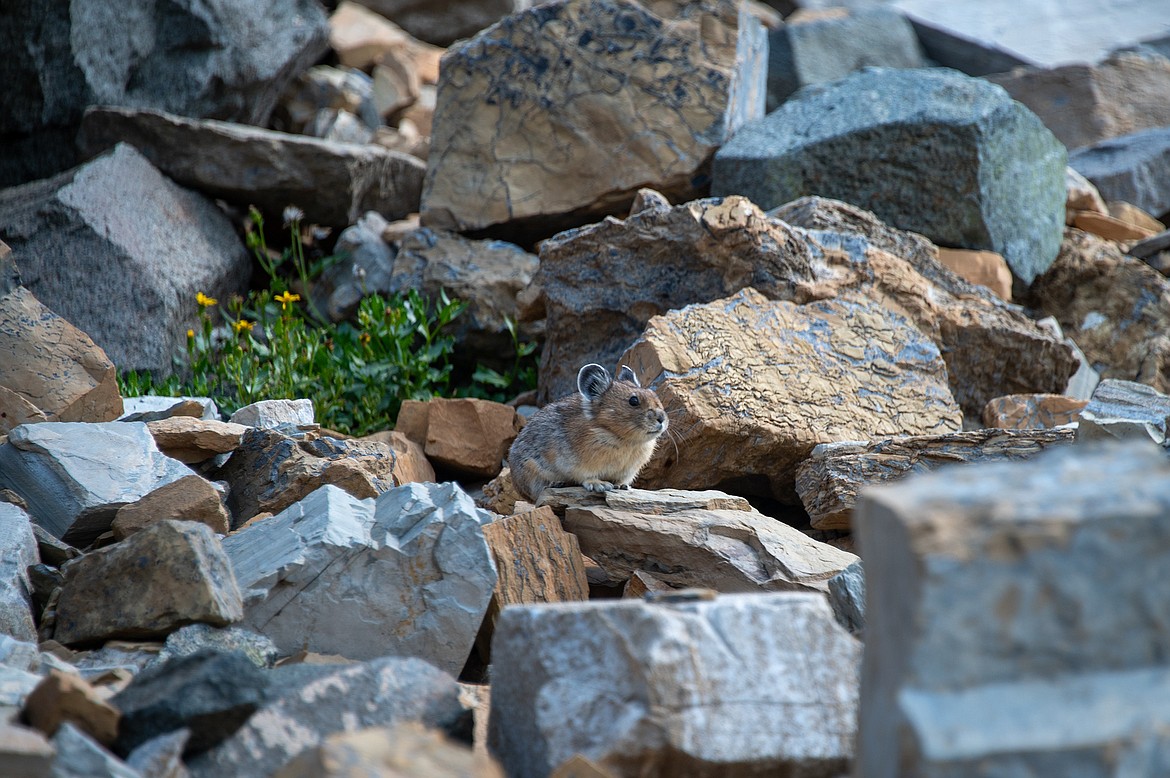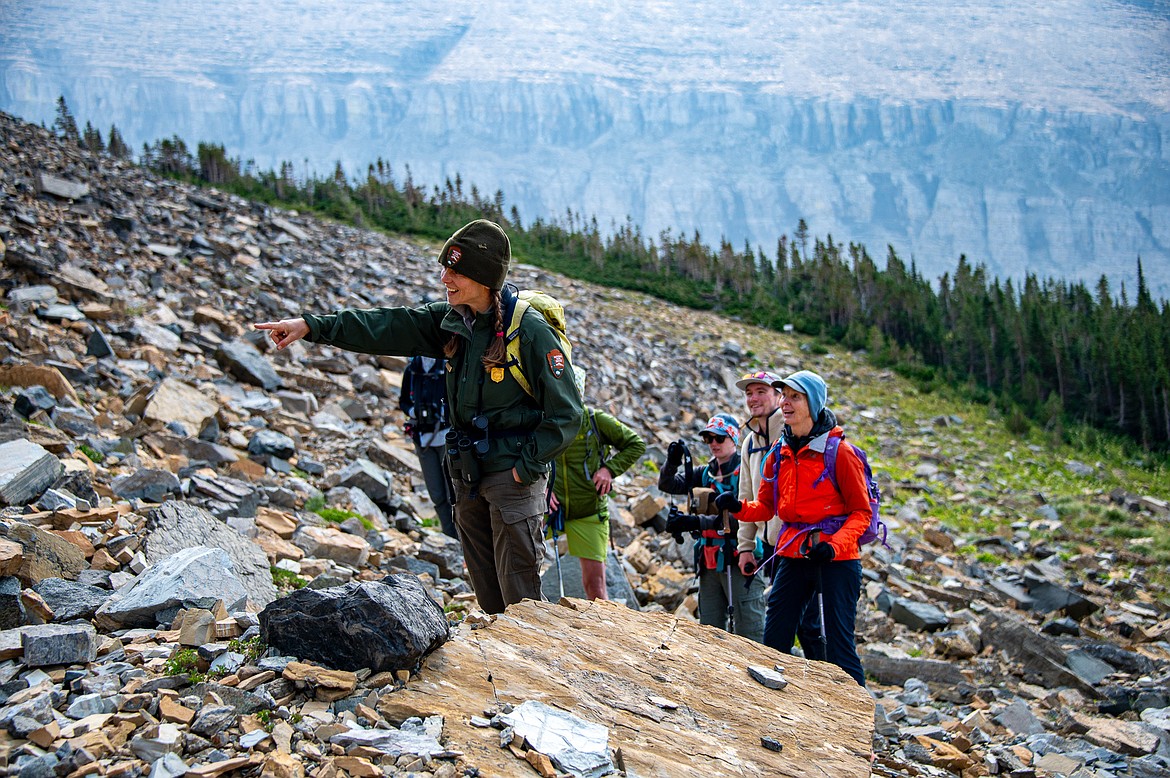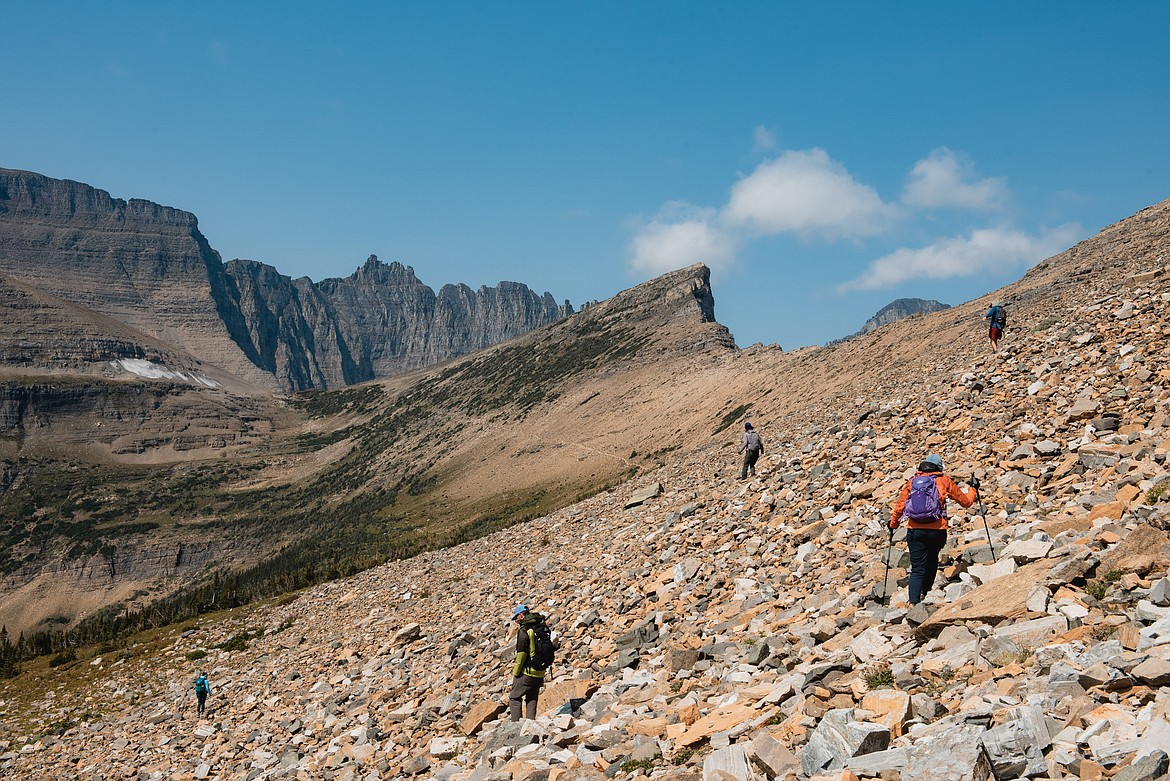Hay piles and pellets: searching for pikas in Glacier National Park
Hiking among the many talus slopes in Glacier National Park, one might be so lucky to catch a glimpse at the elusive pika. The tiny member of the rabbit family is losing footing in similar habitats across the country due to a warming climate. ...
Support Local News
You have read all of your free articles this month. Select a plan below to start your subscription today.
Already a subscriber? Login
Daily Inter Lake - everything
Print delivery, e-edition and unlimited website access
- $26.24 per month
Daily Inter Lake - unlimited website access
- $9.95 per month

